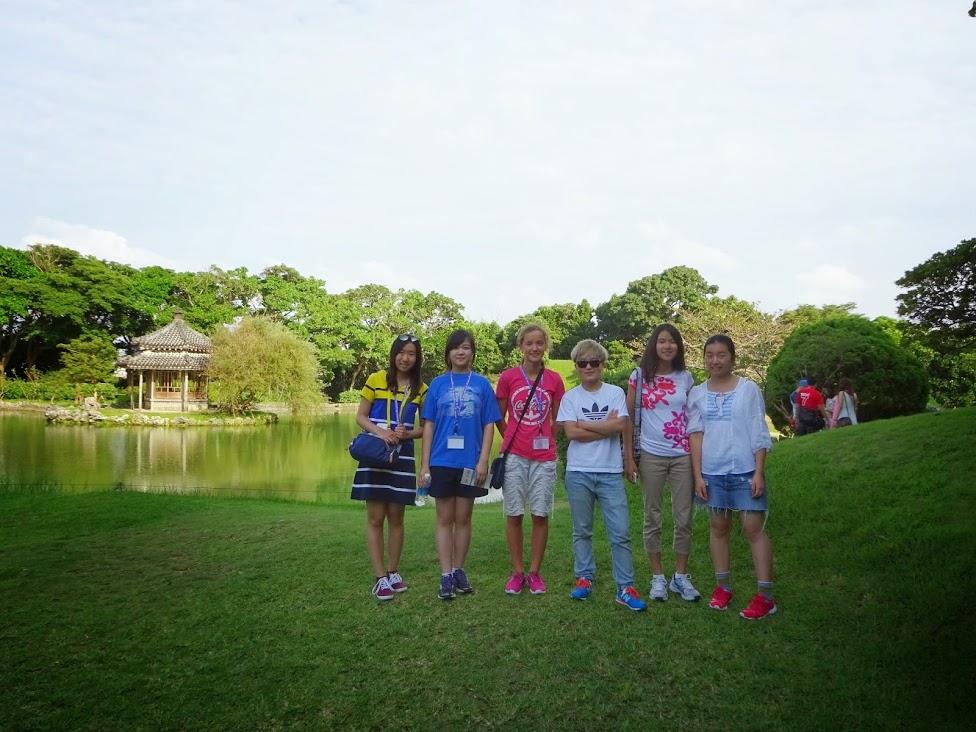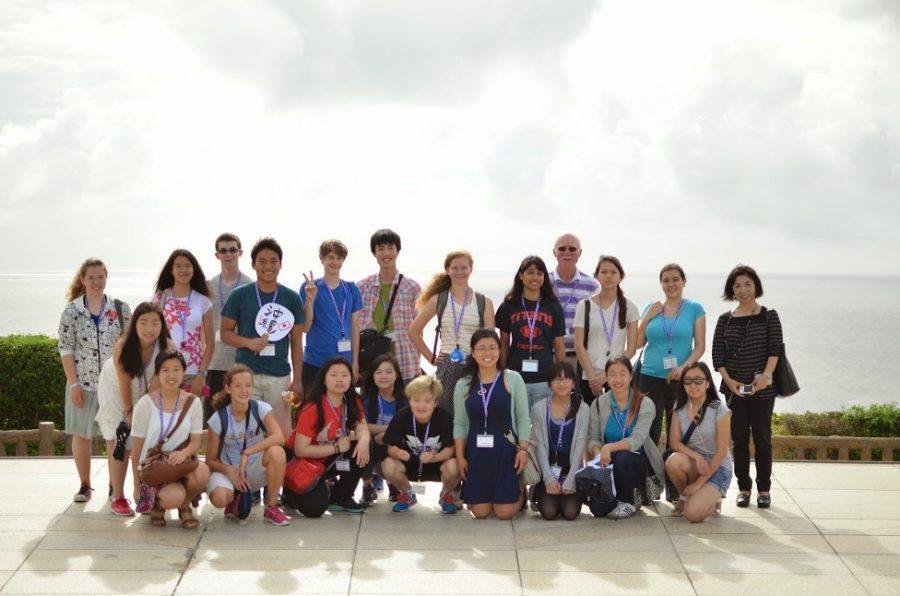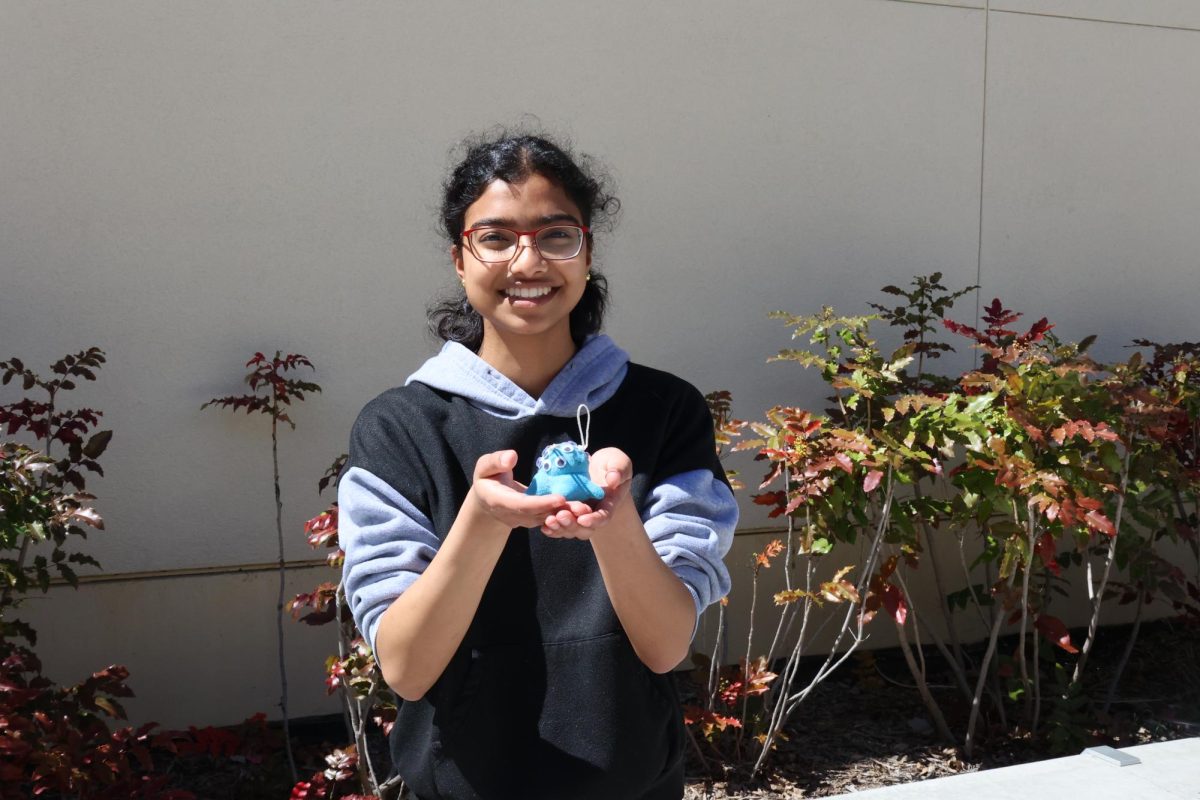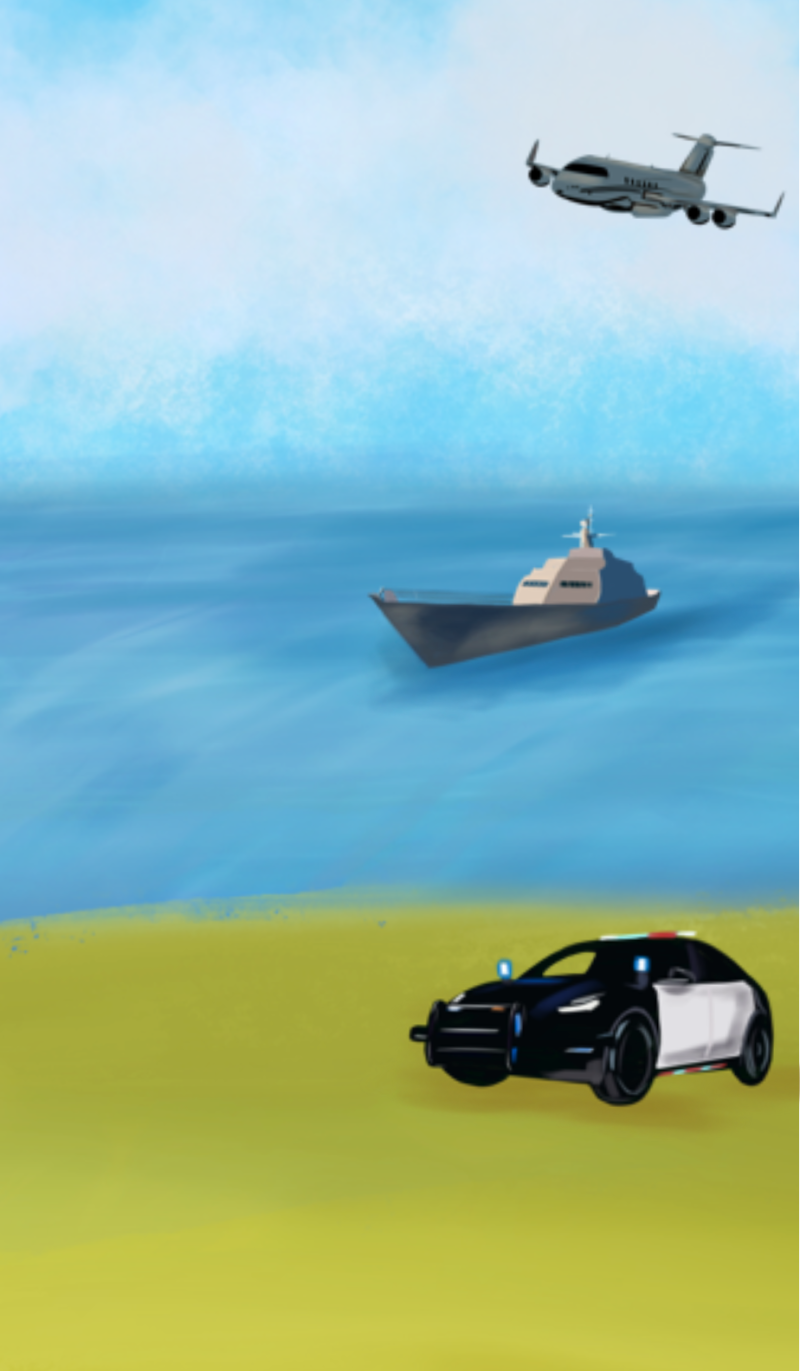Written by Klaire Tan
Standing in his living room in Okinawa, Japan, U.S. Consul General Alfred Magleby peered into the eyes of 125 American high school students. “This is a place of collaboration and sharing,” he said, gesturing to the room. “I like to bring American and Japanese youth here to let them meet and realize they’re not so different.”
In June, 22 Gunn students visited Okinawa and Tokyo for 10 days as part of the Kakehashi Project, a youth exchange program intended to foster mutual understanding between Japan and the United States. The Japanese government selected four other U.S. high schools to participate in the first group of the project’s Okinawa program.

The trip began and ended in Tokyo, where students visited cultural sites, museums and popular tourist attractions. The most educational and valuable part of the trip, however, was simply being in Japan, according to Guidance Counselor Bill Christensen, who was a chaperone on the trip. “Just sitting in an ordinary shopping mall or walking down the streets and noticing the simple nuances of the people, that really let me see what it’s like to be a Japanese citizen.” he said. Christensen points to the homestay experience in Okinawa, which many students considered to be the highlight of the program. “The most exciting part for students was the opportunity to meet other students from Japan,” he said. “Without exception, every student stated that they wish that they had spent even more time with their host families.”
For two days, students lived with a Japanese high school student from Okinawa Shogaku High School. According to senior Natasha Naqvi, the short homestay provided her the special opportunity of seeing inside a Japanese family. “I got to see what Japanese families do in their free time,” she said. “We watched movies and hung out, and I just got to know my homestay student very well. It was a very strong bond that I created with her.”
The trip also served as a great opportunity for the students—all of whom have taken Japanese as a foreign language—to practice the Japanese they’ve learned. For 10 days, students were faced with the challenge of communicating with Japanese natives. The result was a mix of partial sentences and hand motions. “The language barrier was definitely hard,” Naqvi said. “Because there were things I didn’t know how to explain in Japanese, I had to use a lot of hand gestures to explain what I wanted to say in English.”
Come November, the 22 Gunn students will open their homes to host their homestay student from Okinawa. Senior Christine Chen hopes to be able to help her student learn about life in America, though she isn’t sure what that will exactly involve. “Most likely, I’ll end up forcing American stereotypes on my host than actually giving him a true American experience,” she joked. “I think I’ll just focus more on having fun then. If all else fails, In-n-Out should fix it.”
Disclosure: Staffer Klaire Tan also attended the trip.











